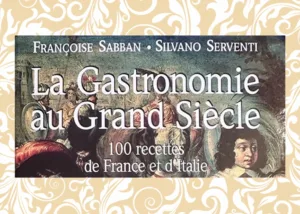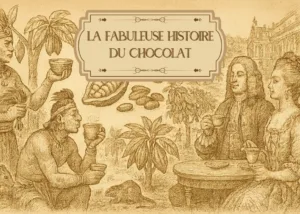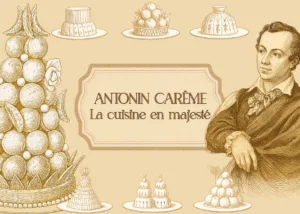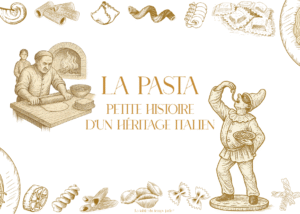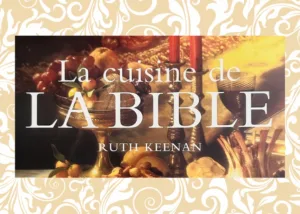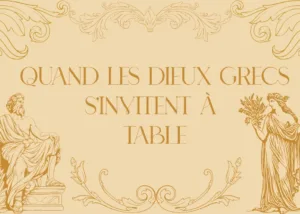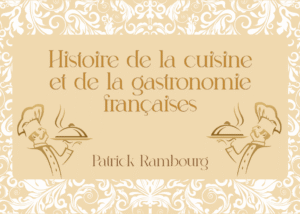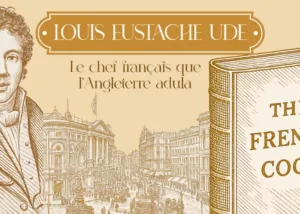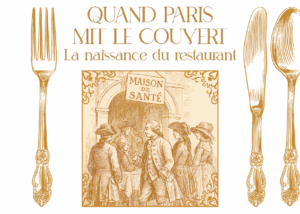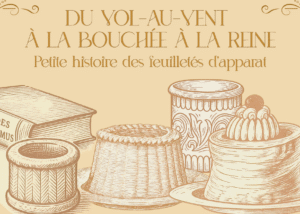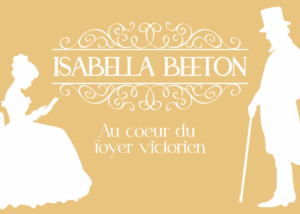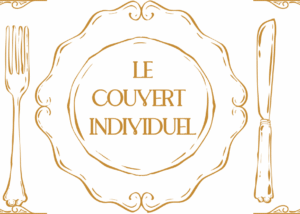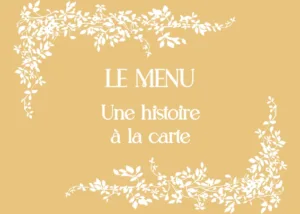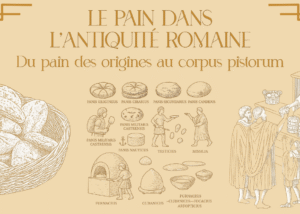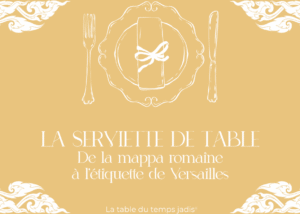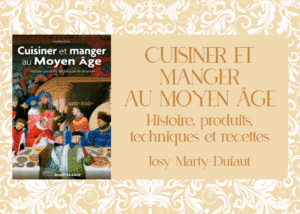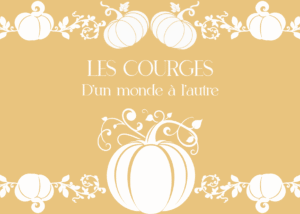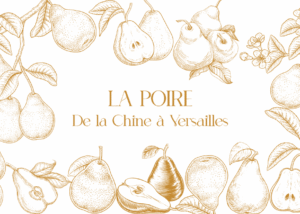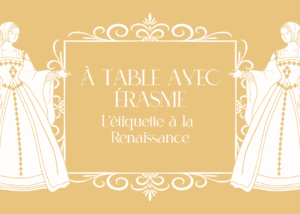Love and ceremonial:
Wedding in ancient Greece

The wedding in ancient Greece did not only shine the union of two souls. They were also an opportunity to stage a certain art of living, where meals say a lot about those who offer them.

The wedding of Carano the Macedonian
In the lands of the kingdom of Alexander the Great, where we were married by offering gifts rather than by receiving, the banquet was a total art. That of Carano, hero of the Macedonian Annals, remained in the memories as a summit of profusion and staging.
As soon as they entered, the guests received a golden crown , a cup of silver , and took place at the table under a deluge of refined dishes. Thirty services followed one another, each with different dishes, sometimes carved. On large flat breads acting as a plate, we served, stuffed pigeons, roasted geese, kids, hares, milk pigs, whole fish, golden focaccia.
Each dish was accompanied by presents: silver jugs, perfume bottles, worked cuts. Musicians played flutes, lutes, drums. Ithyphallic dancers, jugglers, fire spitters, naked acrobats animated the scene. In the evening, the statues of the garden be up in a dreamlike staging.
A moment remains famous: a guest requires a three -liter cut, mixes a little water and tasio wine, the drink with a line and declares: "The more we drink, the less we have any worries!" Carano offers him the cup. All hasten to imitate him.
The meal ended on the placentae , cheese and honey layer cakes, prepared according to recipes from Crete, Samos or Giulie, presented in ivory boxes. More than a feast, a political manifesto: the host proclaimed his rank by his ability to marry food, art and generosity.

The table seen by the Greek comedy
The Greek comedies depict banquets as a social scene that is both ridiculous and revealing. In a room by Evangélos, a master of the house is preparing a binquet of sumptuous wedding : roasted meats, cheeses, candauleum. But his cook turns it out in derision. The comic arises from the gap between the master's ostentation and the professional's lucidity.
In the Crateia , Alexis, on the contrary, presents the "friends of salt and the bean", for whom some beans, a little salt and the company of relatives are enough to make a feast.
Another character tells his shopping: he spreads the too nervous fish, chooses a glaucus, adds octopus, shrimp, calmars, mackerels, cuttlefish, even a piece of peacock tail. He anticipates with humor: "I bet my cook will not even dare to touch it. »»
These stories, in turn satirical or softened, depict a daily life distant from Macedonian splendor, but revealing a culture of sharing, accuracy and lively speech.

Codified sociability
Whether it is a question of receiving twenty guests crowned with gold or of sharing a handful of beans between intimate, the art of the table revealed a hierarchy , an ideal, a style of relationship. The banquets were used to forge alliances , to display its generosity, or to recall political or cultural affiliation.
Prestige objects were offered to the guests - cuts, bottles, trays - like so many signs of honor, but also shared memories. And while some staged abundance to mark their status, others valued simplicity as a guarantee of truth.
What we offer, what we share: the wedding say much more than words. They reveal visions of the world, between displayed grandeur and familiar warmth.

The porcelet stuffed like Carano wedding
Dear by the throat to form one besides, the porcelet , of about 4 kg , is garnished with:
- poultry dumplings, pieces of Bécassines,
- dates, sausages, bacon,
- onions, leeks, chard, celery, cabbage leaves,
- coriander, pepper in grains, gables,
- snails, oysters, scallops,
- 16 chopped hard eggs,
- Farro polenta.
liquamen -based sauce (fermented fish sauce, ancestor of the Roman Garum) and pepper, curled, then roasted until you get golden and crisp skin. A ceremonial dish up to the most sumptuous ancient weddings.
The ancient weddings, through their contrasts, remind us that receiving is sometimes already telling: a way of situating yourself in the world, of expressing your links, its values, or the place that one wishes to occupy in the eyes of others.

Find other blog articles
Find other blog articles



